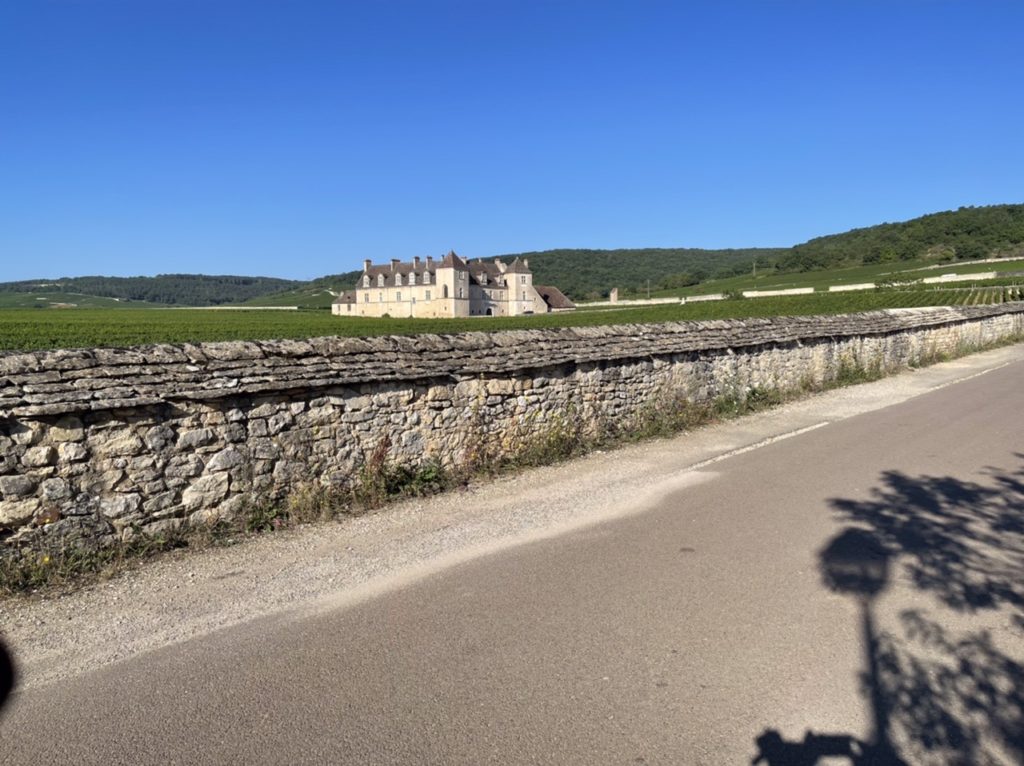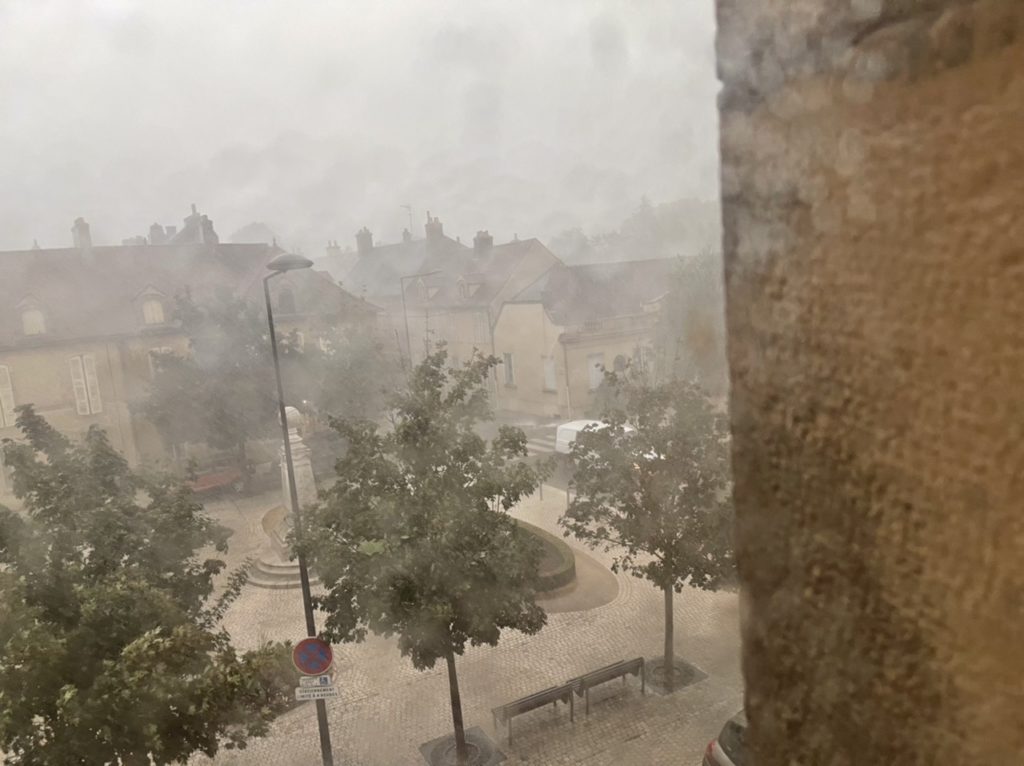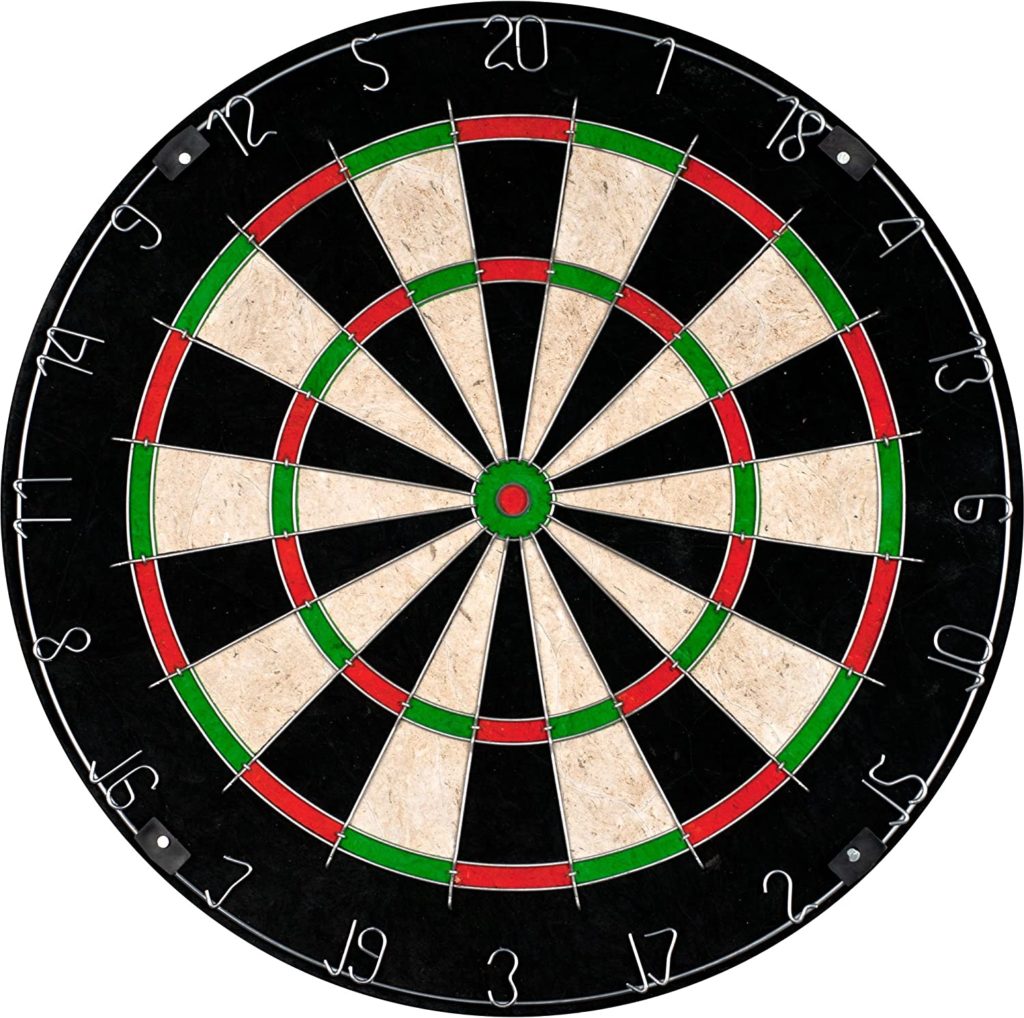The 2022 harvest is peeping around the corner, and people are counting the days and hours, ready to spring into action when the grapes are ready, or “à point.”
À point – at just the right time; at the peak of ripeness; at the perfect degree of doneness.
In general, winegrowers are optimistic, or should I say cautiously optimistic, as the hail in June did take the euphoria out of expectations.
In reality, much of the basic harvest planning is done before flowering, and certainly before veraison, based on experience and likely outcomes. In the end, financial limits and practical considerations will decide the details: How many are on the team? How long can you have the team on hold before it becomes critical? Bear in mind that there can be a month’s difference between harvest times at some domaines.
The best possible outcome
The rule of thumb is that harvest starts 100 days after mid-flowering – in theory, at least.
Floraison (flowering) began this year in late May or early June. Calculating 100 days forward from then gets us to around September 1.
For many, a better harvest gauge is 40 days from mid-veraison (colour change in the grapes). But then again, what is “mid-veraison”? There is quite wide variation in veraison, and it is starting fairly slowly and randomly.

To fix a calculation point, let’s use July 22. This is a crude average of the veraison reports I’m getting, and 40 days from then would take us to September 2 or so for the start. Some domaines will start sooner, others later. Either way, in an historical context, it will be another climate-change-influenced early harvest, a full two weeks or more before the historical average.
Finding phenolic ripeness
The key to winemaking success is finding optimal phenolic ripeness, without over-doing sugar ripeness or losing balancing acidity – a daunting task.
Sometimes this is difficult, or even impossible; other times optimising compromises are made. This is when “à point” starts to make sense.
And sometimes – bull’s eye! – a vin d’emotion is created by a grower who understands that timing is everything, and that making great pinot is a difficult task.
Size and quality
The statistics for this year show (at this point) a good, ample harvest, despite the fact that the hailstorms on June 22 did quite a bit of damage in some areas.

The Côte de Nuits had relatively little hail damage from south to north; the worst was in Gevrey-Chambertin and Marsannay, where the torrential rain flooded some cellars. The average loss was perhaps 5%; grapes that mostly like would have been lost anyway, to green harvest or other small mishaps. But then again, some growers say there’s no damage at all, others up to 10% or more – it’s individual.
In Gevrey and the surrounding villages, Fixin and Marsannay saw more damage (20%) from the hail, and sensitivity to oidium and other diseases has increased recently.
Oidium and mildiou can sadly lead to further losses, but there are few vintages without these issues.
The heatwave is starting to cause problems as well, although it’s still too early to say how bad this will be. It is cooler in Burgundy now, but 40 degrees and full sun is not wanted again. The rain has so far been sufficient to avoid severe drought problems, but the season isn’t over yet.
Size-wise, the ’22 crop will most likely be somewhat smaller than the most generous years, but at this stage it is still quite an ample harvest – vintages like 1999 is sometimes mentioned.
Especially the vineyards that had frost in 2021 is trying to make amends in 2022 – and green harvest have begun to reduce the extremely geneorus crop in some cases. Pinot and 70hl per hectare is not a ideal situation.
Expounding on the quality at this point is pure guesswork. Positive surprises have been seen in many vintages, although for a reminder, the last really poor vintage was 1994, and even then, some managed to produce decent wines.
Given the current weather, the 2022 wines are most likely to again show a warm-year character.
Good luck to all.


 - A true vin d’émotion – a Burgundy of passion
- A true vin d’émotion – a Burgundy of passion - A truly hedonistic wine – lively and enjoyable
- A truly hedonistic wine – lively and enjoyable - A vivacious wine for pure indulgance
- A vivacious wine for pure indulgance - A Vin Vif - fresh, energetic and with a light appearance
- A Vin Vif - fresh, energetic and with a light appearance
Leave a Reply
You must be logged in to post a comment.